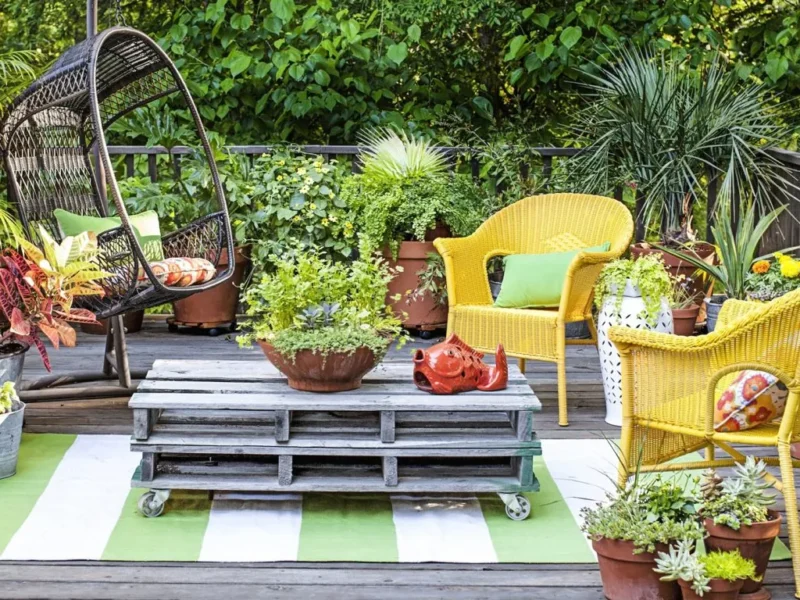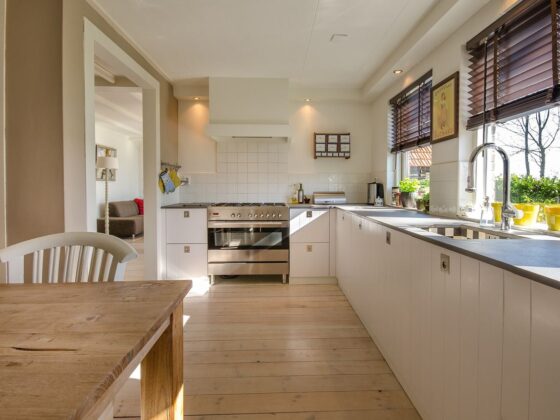Watering plants properly is important for their health, but it can sometimes be confusing. This guide will help you unravel the mysteries of watering your home garden.
Keep reading to learn the techniques for ensuring your plants get the hydration they need. You’ll be an expert in no time.
Reasons Plants Need Water
So, how does it all work?
Every day, the roots of the plant absorb water, which moves upwards through the stem. It then evaporates periodically through the tiny pores of the leaves, turning into carbon dioxide.
With this gas, photosynthesis takes place using the help of sunlight. Now, the plant has a source of food to maintain its growth.
When to Water Plants
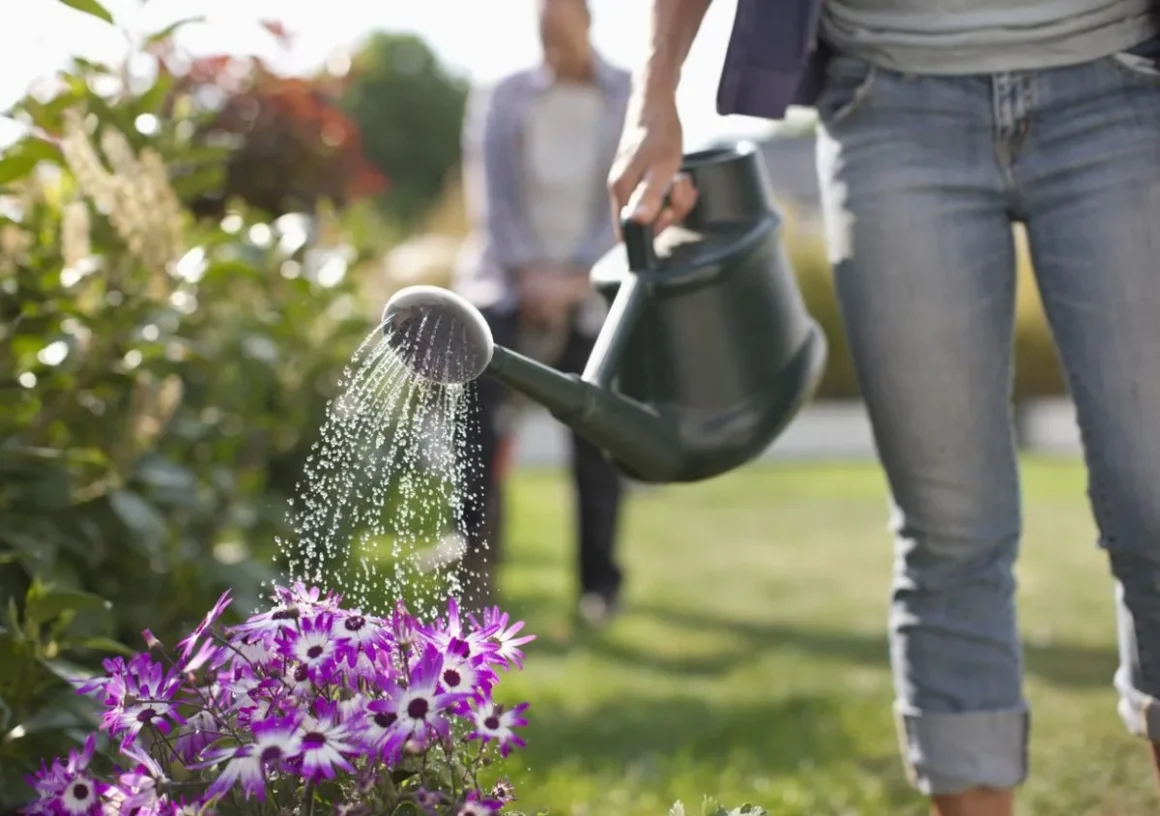
For the best results, aim to water your plants either in the early morning or late evening. These cooler periods of the day allow the soil to fully soak up moisture without much getting lost to evaporation.
Watering in the morning just before dawn is preferred, as temperatures are lowest. The early morning hours permit water to penetrate deep into the soil at a gradual rate.
As a result, this supplies plants with hydration throughout the day to sustain growth and flowering without losing water from evaporation.
Another suitable time is in the evening, a few hours before nightfall. During this time, temperatures are decreased, facilitating infiltration.
In addition, watering at dusk gives leaf surfaces time to dry out before darkness sets in, lessening the risk of fungal diseases developing overnight.
You should know that the hottest portion of the day must be avoided. This is because a large percentage of the applied water will simply change to gas quickly because of the temperature.
The roots will not have the opportunity to uptake it. Furthermore, exposure to wetness during peak heat is especially stressful on the flora.
Tips to Assess the Soil
Proper watering starts with understanding your soil type and conditions. Gently inspect the soil by feeling its texture a couple of inches below the surface.
Dry, powdery soil is telling you hydration is needed, but moist soil means it has enough water for now.
Examine plants as well by looking for wilted or droopy leaves and stems. A cracked soil surface could also indicate water has evaporated.
By taking a moment each day to touch the dirt and check plant conditions, you’ll learn all the cues. This allows just enough water to be delivered without either over-watering or letting them dry out too much.
Just the Right Amount
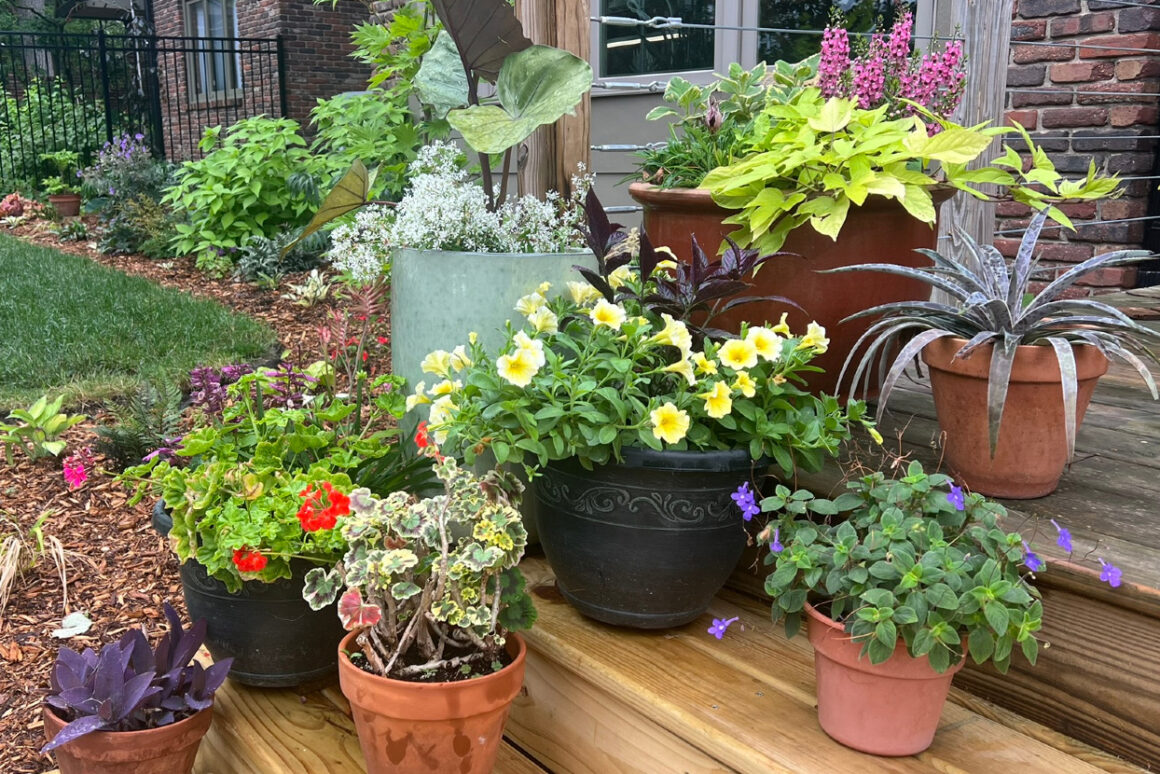
Giving plants the proper quantity of water is crucial for a vibrant, flourishing garden. Determining exactly how much can be tricky.
Sandy soils require water around once a week, which is considered more frequent than other types. For instance, clay soils can go longer without water, so you can water it every 10 to 14 days.
Every specific plant has its own watering needs. It is recommended to research the ones you have in your garden and water them accordingly.
As a general rule, delicate flowers need watering at least every 3 to 4 days, while deep-rooted shrubs or trees can go longer without water.
You should also pay extra attention to newly planted items because they usually require more water as their roots develop.
If you have containers in your garden, they will need a different watering schedule since these soil cubes usually dry out more quickly.
For potted plants, feel the soil every day. Applying water is necessary if it is dry approximately one inch below the surface.
In hot weather, containers usually need to be watered every other day. Watering correctly means filling the root zone sufficiently and then waiting for the top few inches to dry out before rehydrating.
With this technique, you are allowing the roots to develop healthily deep within the soil.
Different Watering Methods
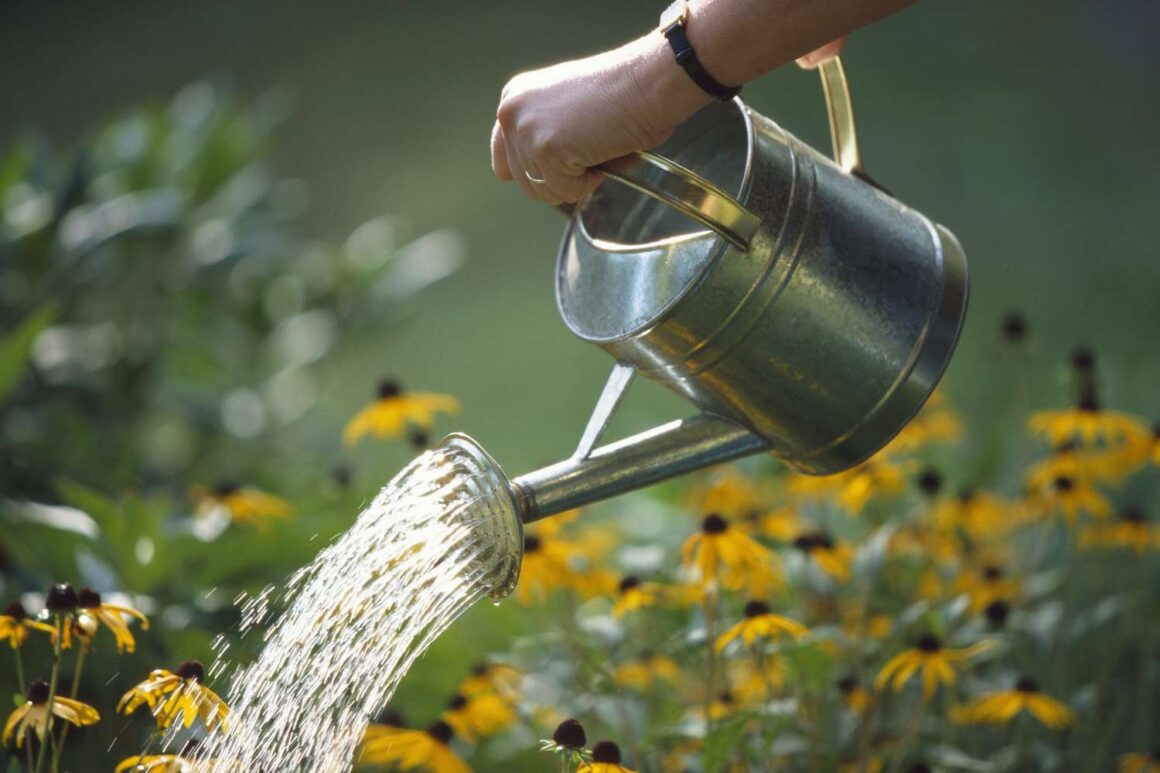
There are several effective ways to water plants depending on your garden and preferences:
Hand Watering
For smaller gardens or container plants, nothing beats hand watering with a hose or watering can. This allows you to precisely aim the stream of water at the soil surface around each plant.
This method also helps tremendously when you have a weed issue in your garden. You concentrate the water in one specific area, which leaves unwanted weeds around it to dry out.
Drip Irrigation Systems
An automated system is beneficial for larger home gardens. It is designed to deliver slow, targeted water flow directly to the soil via emitters or drippers placed in the roots.
This mechanism minimizes water waste from evaporation. Consider investing in one if you have shrubs, trees, and raised beds in your garden.
Sprinklers
Sprinkler systems provide full coverage of a large yard quickly, but cause more water to be wasted by evaporation.
The key is to set it to water the garden early in the morning or late in the afternoon. When running sprinklers, run them long enough to fully saturate the root zone below, usually from 20 to 30 minutes.
Maintaining your garden in an ideal condition is hard work. Opting for expert gardeners provides peace of mind that everything gets done on time and perfectly.
Conclusion
Proper watering is a crucial part of gardening. Plants need water to survive, but providing too much or too little can do more harm than good.
With this simple guideline shared in this article, you will be aware of what exactly your garden needs. By carefully assessing the soil, watering at optimal times, and choosing the best watering method, the results will amaze you.
